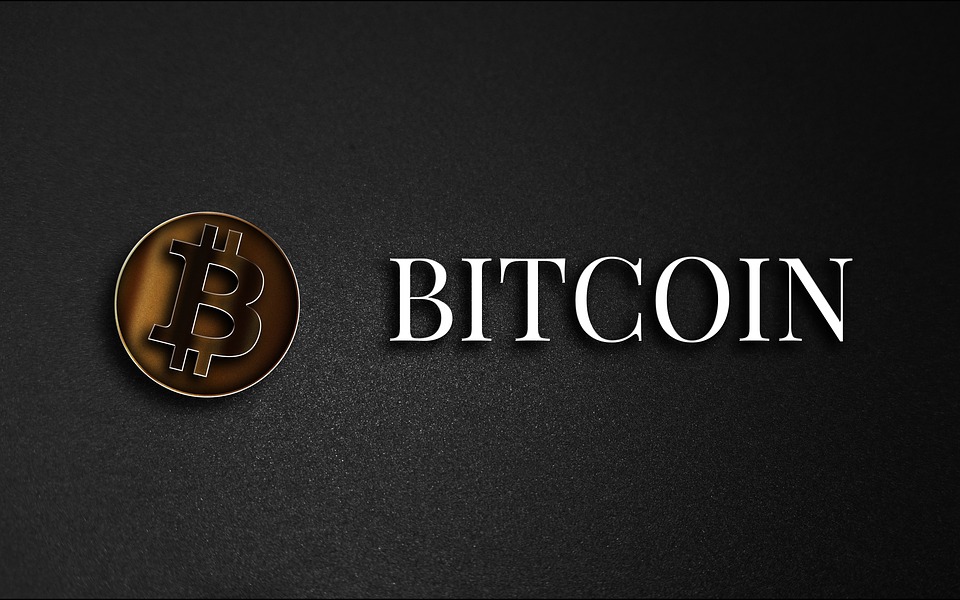“`html
Introduction to Cardano
As the blockchain landscape evolves, Cardano has emerged as a significant player, often referred to as a third-generation blockchain. Unlike its predecessors, Bitcoin and Ethereum, which focused on creating decentralized currencies and smart contract platforms respectively, Cardano aims to address the limitations of these earlier blockchains by offering a more sustainable and scalable solution. This article explores the unique aspects of Cardano and its potential impact on the blockchain ecosystem.
The Evolution of Blockchain Technology
Blockchain technology has undergone substantial evolution since the inception of Bitcoin in 2009. The first generation of blockchains, exemplified by Bitcoin, primarily focused on creating a decentralized digital currency. The second generation, led by Ethereum, introduced smart contracts, enabling developers to build decentralized applications (dApps) on the blockchain. However, both generations faced challenges related to scalability, interoperability, and sustainability.
Cardano: The Third-Generation Blockchain
Cardano, founded by Charles Hoskinson, one of Ethereum’s co-founders, represents the third generation of blockchain technology. Its development is spearheaded by IOHK (Input Output Hong Kong), a technology company committed to using peer-reviewed academic research to guide its progress. This scientific approach ensures that Cardano is built on a solid foundation of research and innovation.
Key Features of Cardano
1. **Proof of Stake Consensus Mechanism**: Cardano utilizes a proof-of-stake (PoS) consensus mechanism called Ouroboros. Unlike Bitcoin’s energy-intensive proof-of-work (PoW) system, Ouroboros is designed to be energy-efficient and environmentally friendly. This makes Cardano a more sustainable option for blockchain technology.
2. **Layered Architecture**: Cardano’s architecture is divided into two layers: the Cardano Settlement Layer (CSL) and the Cardano Computation Layer (CCL). The CSL handles the cryptocurrency transactions, while the CCL manages smart contracts and decentralized applications. This separation allows for more flexibility and scalability.
3. **Interoperability**: Cardano aims to facilitate interoperability between different blockchains, enabling seamless communication and interaction. This is crucial for creating a more interconnected blockchain ecosystem.
4. **Governance and Treasury System**: Cardano incorporates a decentralized governance model, allowing stakeholders to participate in decision-making processes. Additionally, it features a treasury system to fund future development, ensuring the platform’s sustainability.
Potential Impact of Cardano
Cardano’s innovative approach to blockchain technology has the potential to address several key challenges faced by earlier generations. Its energy-efficient consensus mechanism and layered architecture make it a scalable and sustainable option. Furthermore, its focus on interoperability and governance could lead to increased adoption and collaboration within the blockchain community.
Conclusion
Cardano represents a significant advancement in the blockchain space, offering solutions to some of the most pressing issues faced by its predecessors. By prioritizing sustainability, scalability, and interoperability, Cardano has positioned itself as a promising platform for future blockchain development. As the blockchain ecosystem continues to grow, Cardano’s impact will likely be felt across various industries, from finance to supply chain management and beyond.
“`




